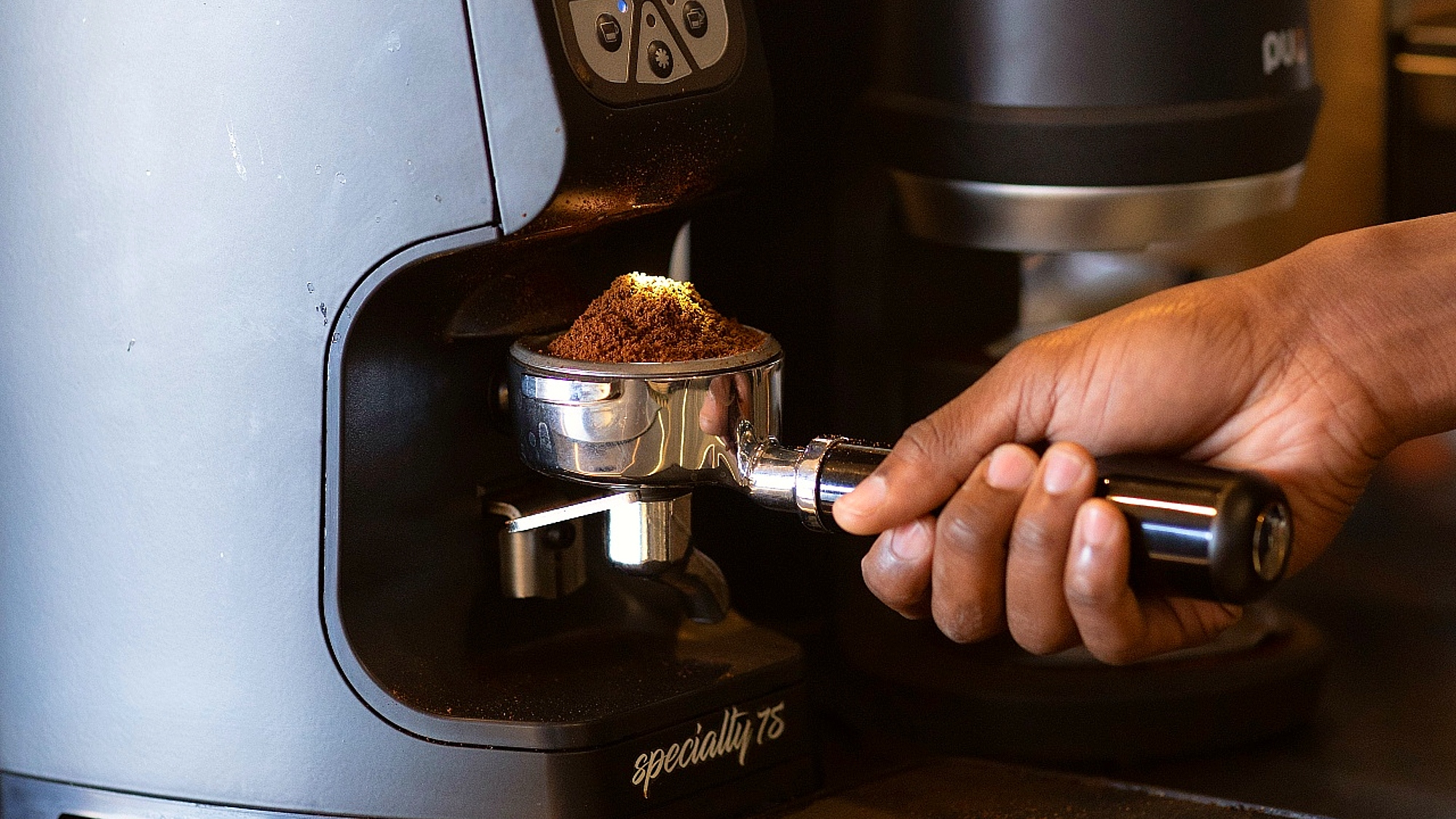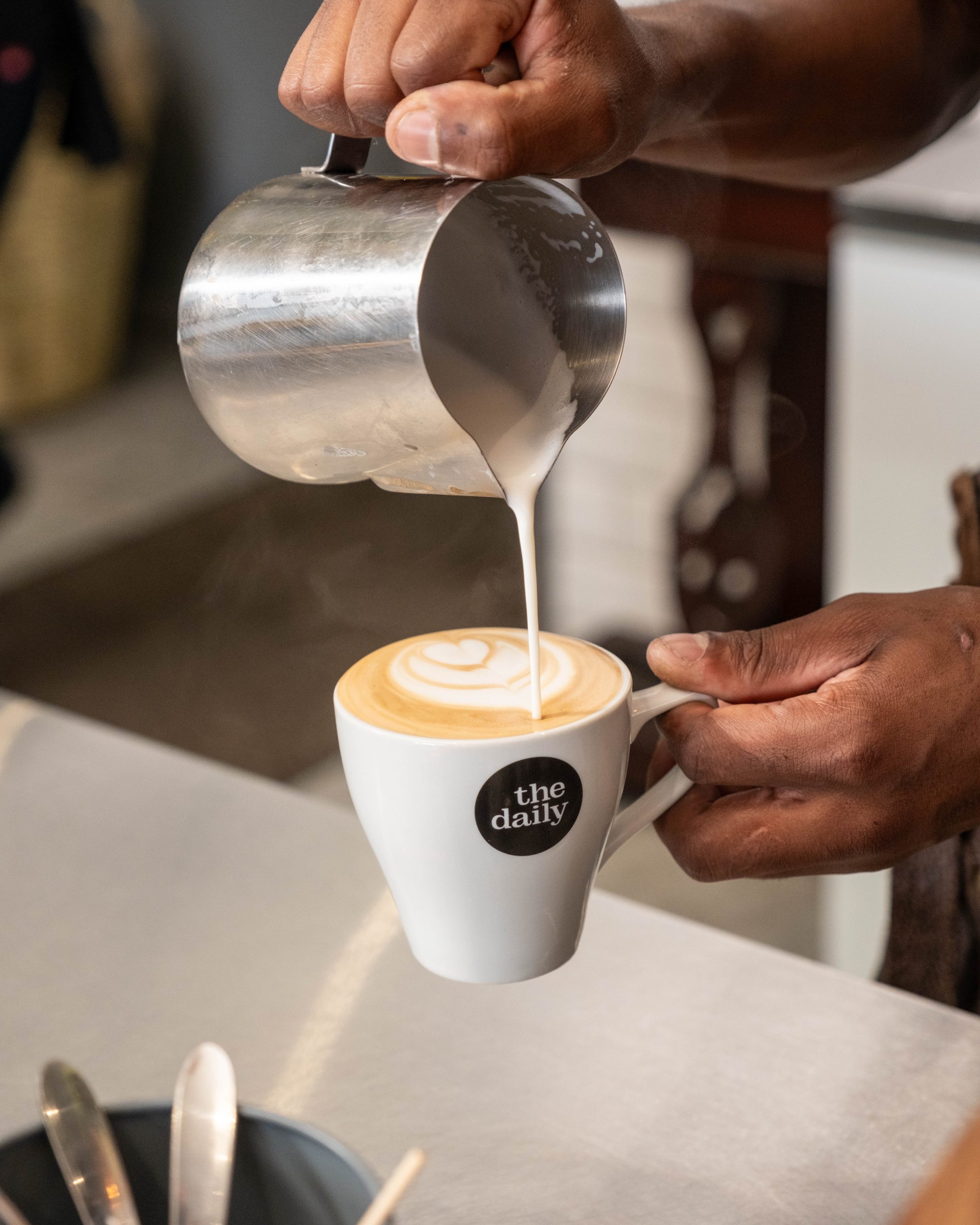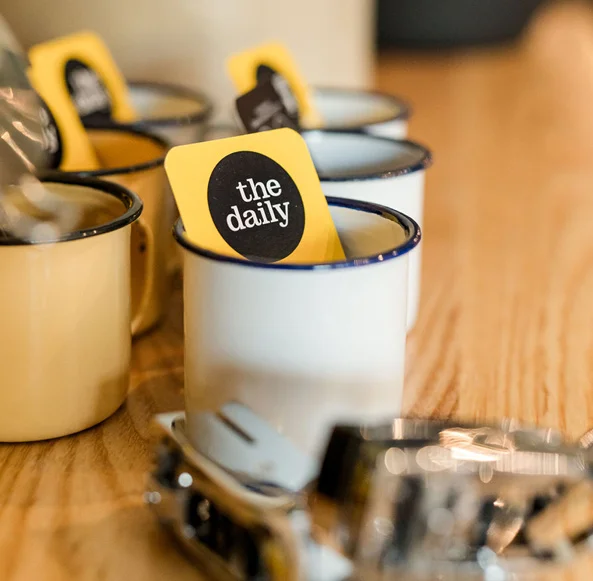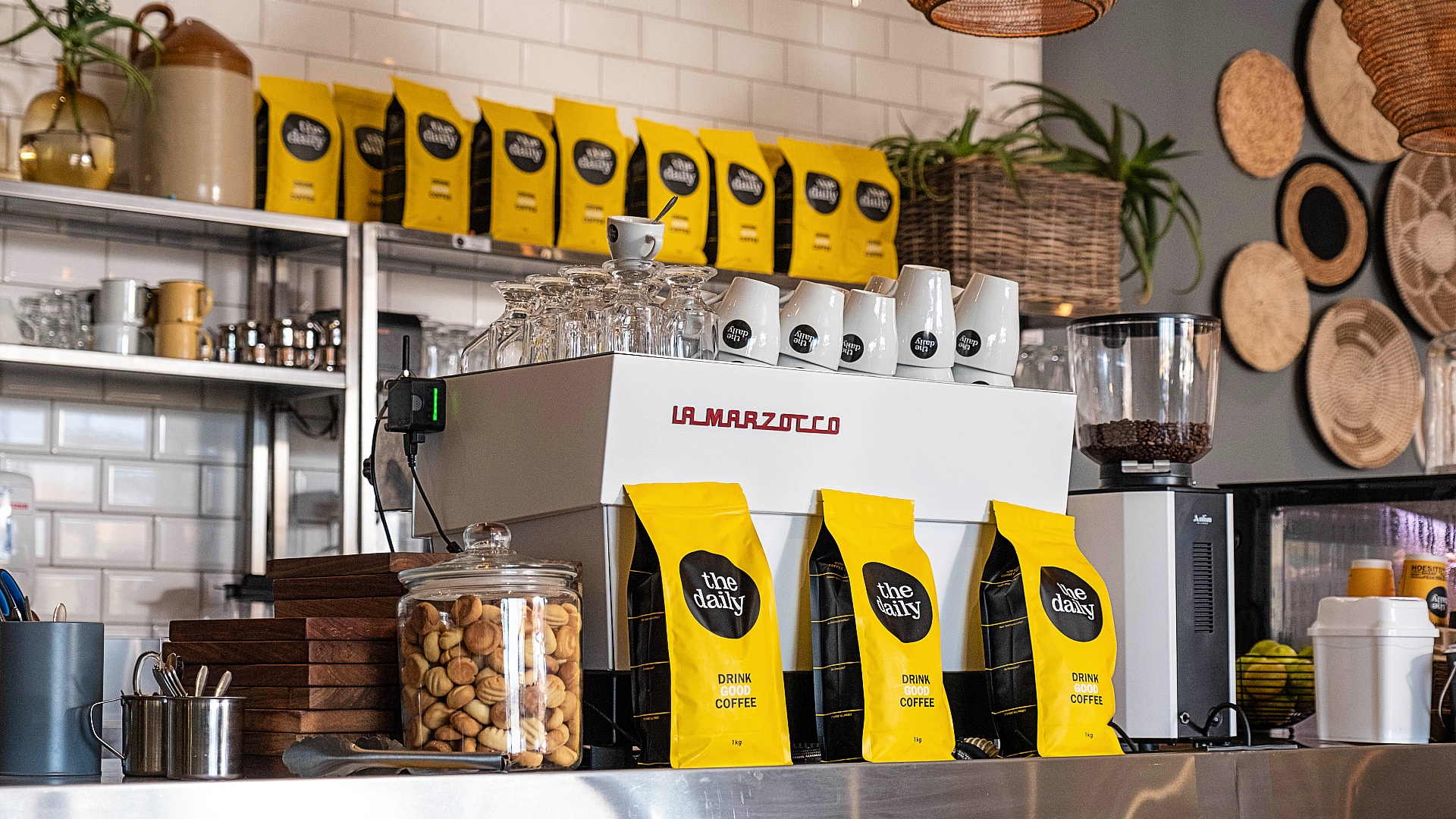Clean machines, better coffee
Even the best beans can’t save a dirty espresso machine!
That’s a fact known to every good barista – and it’s just as true for the coffee you enjoy at home. Clean equipment is one of the most overlooked elements of a great-tasting cup. Whether you’re brewing it yourself or ordering from your favourite café, the cleanliness of the gear behind the brew matters more than most people realise.
Let’s take a closer look at why clean machines equal better coffee, and what it takes to keep them that way.
Why clean matters
Coffee is made up of delicate flavours and aromatic compounds. When brewed properly, those flavours are clear, balanced and vibrant. But when equipment isn’t clean, everything changes.
Old coffee oils go rancid. Tiny particles of stale grounds get into fresh brews. Limescale builds up and affects water flow and temperature. Steam wands pick up milk residue and bacteria.
The result? Bitterness, muddiness and off-notes that can ruin even the finest beans.
There’s also the matter of hygiene. Warm, moist environments such as espresso machine group heads, water tanks and frothing nozzles are the perfect breeding ground for unwanted build-up if not cleaned regularly.
And it doesn’t stop at taste. Dirty machines work harder than they should. Over time, the build-up takes its toll, leading to blockages, inconsistent pressure, and even breakdowns.
What needs regular cleaning?
In the coffee café
Professional coffee equipment works hard, and it needs just as much care as it gives. Some of the key components requiring daily attention in a café environment include:
- Espresso machines: Group heads, portafilters, baskets and steam wands are cleaned throughout the day and deep-cleaned every night.
- Grinders: Burrs and hoppers are cleared of stale grounds and oil build-up that can affect flavour and dosing accuracy.
- Brewing stations: From pour-over gear to hot water dispensers, cleanliness ensures every drink is fresh and hygienic.
- Water systems: Filtered water is essential for flavour, but even filters and boilers need descaling to prevent off-tastes and performance issues.
At home
While your setup at home might be simpler, the same principles apply:
- Manual brewers such as French presses, moka pots and pour-over cones need thorough rinsing and drying after each use.
- Espresso machines for home use benefit from regular backflushing (if equipped) and weekly deep cleans.
- Grinders should be wiped down and cleared of fine particles that cling to the burrs.
- Milk frothers and steamers need to be flushed and cleaned after every use to avoid build-up and sour smells.
How often should you clean?
For cafés, cleaning is a non-negotiable part of daily routines. Machines are wiped, flushed, scrubbed and serviced with military precision, all to ensure consistency and quality.
At home, it doesn’t have to be complicated:
- Daily: Rinse and dry all parts after brewing. Wipe the steam wand. Empty the drip tray.
- Weekly: Deep clean your espresso machine’s group head and portafilter. Clean your grinder burrs.
- Monthly: Descale your machine if you use hard water. Give your gear a once-over to catch hidden build-up.
A good rule of thumb? If you wouldn’t drink water from it, don’t make coffee with it!
What the pros do
In a well-run coffee café, cleanliness is second nature. Opening and closing checklists include cleaning grinders, backflushing espresso machines, checking filters and wiping down every surface. Steam wands are purged and wiped after every use. Even between rushes, baristas keep things tidy.
Why? Because clean equipment is the foundation of a consistent product. Customers come to expect a certain standard, and it’s only possible when the machinery is looked after properly. The best coffee cafés don’t wait until there’s a problem – they prevent it.
Tools and tips to make it easier
Whether you’re a professional barista or a home coffee enthusiast, having the right tools on hand makes all the difference. These include:
- Group head brushes and backflush powder (for espresso machines)
- Non-toxic descaler (for kettles and boilers)
- Grinder cleaning tablets or burr brushes
- Microfibre cloths for wiping and polishing
- Milk system cleaner (especially important for coffee cafés)
And here’s a pro tip: Keep your cleaning tools visible and accessible. If they’re tucked away at the back of a drawer, they’re easy to forget. On the counter, they’re a helpful nudge.
The Daily Coffee Café approach
At The Daily Coffee Café, clean machines are part of our coffee culture. Behind every cup we serve is a clean, well-maintained espresso machine, grinder and brewing setup, because we know that great coffee starts long before the pour.
Our baristas follow strict routines to keep everything spotless – from wiping steam wands after each use to backflushing our espresso machines every day. Equipment is deep-cleaned and serviced regularly, ensuring it performs at its best, and that our coffee tastes exactly the way it should.
To us, it’s not just about maintenance – it’s about respect for the coffee, for the process, and for our customers.
Final word: Clean equals quality
So next time your coffee tastes a little off, don’t blame the beans too quickly. Check the equipment. Clean machines make clean coffee, and clean coffee is always better coffee!
Whether you’re brewing at home or sipping at your local The Daily Coffee Café, one thing is certain: Behind every great cup, there’s a commitment to keeping the equipment clean.
Next article: The barista’s role: Skill meets style
In the next article in our “What makes a good cup of coffee?” series, we’ll celebrate the barista’s craft – from tamping and pouring to knowing when a coffee just isn’t quite right … or perfect!








